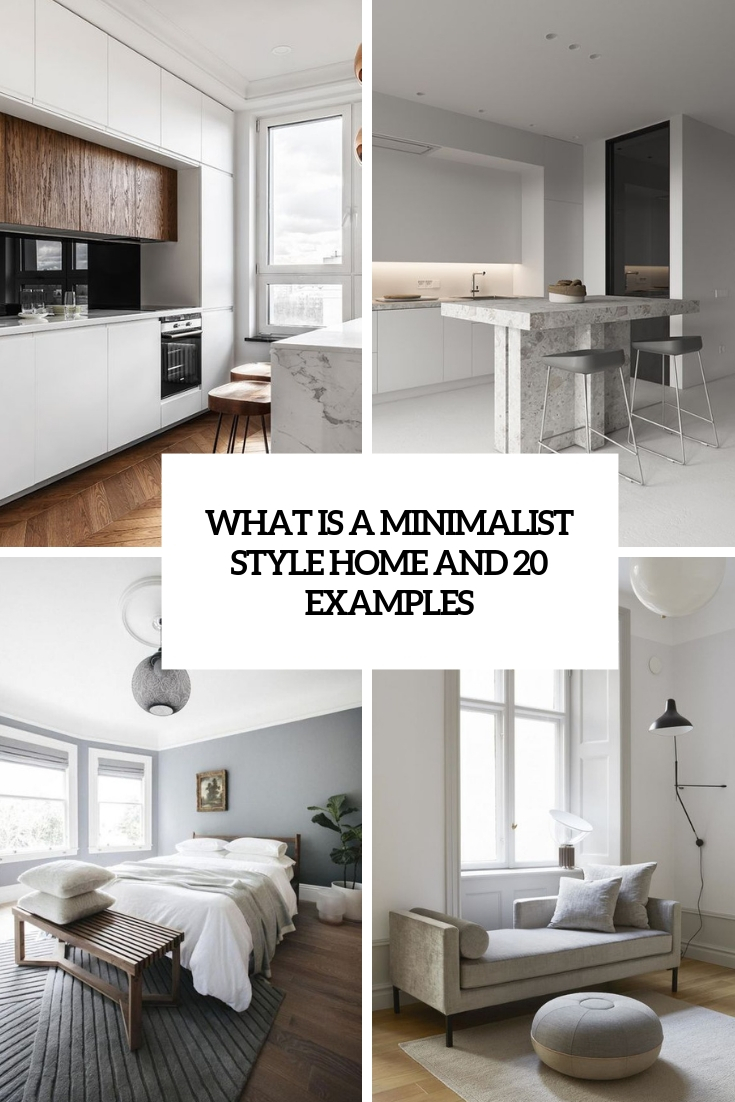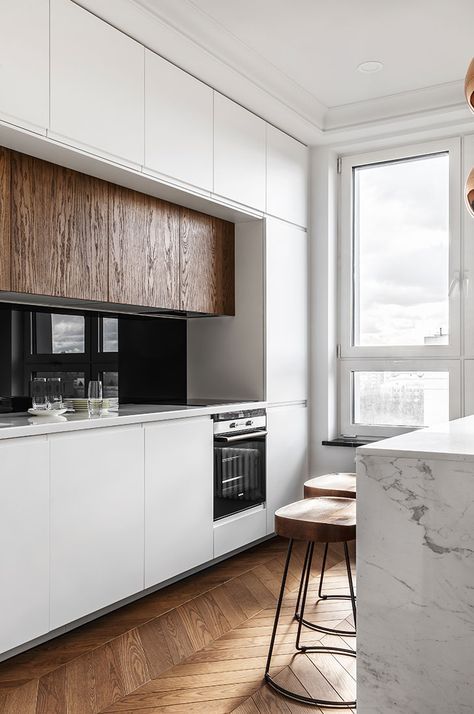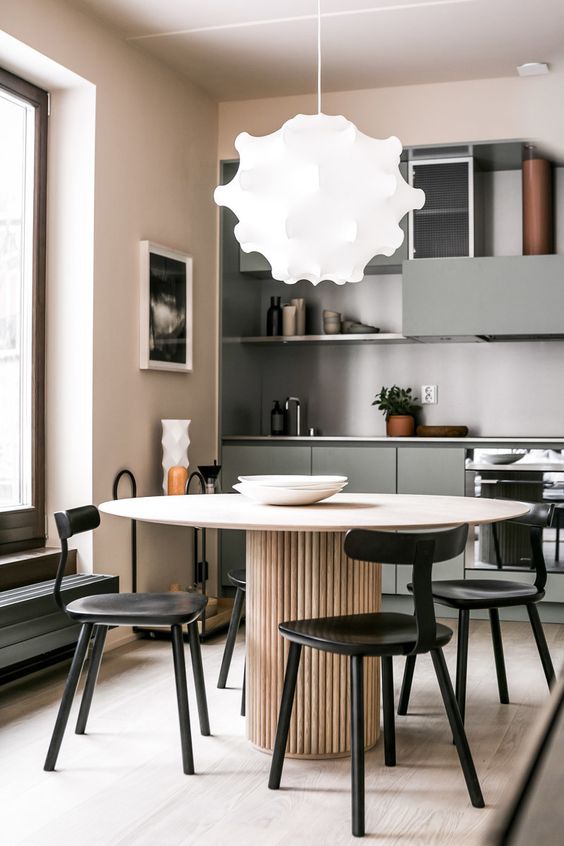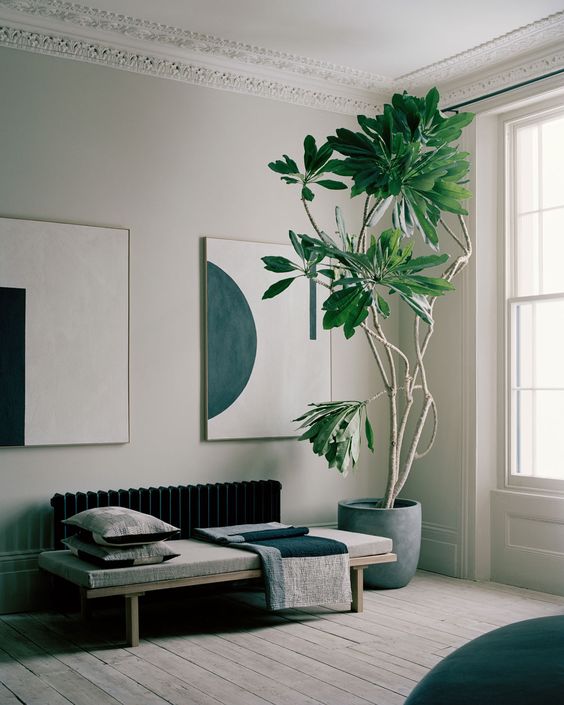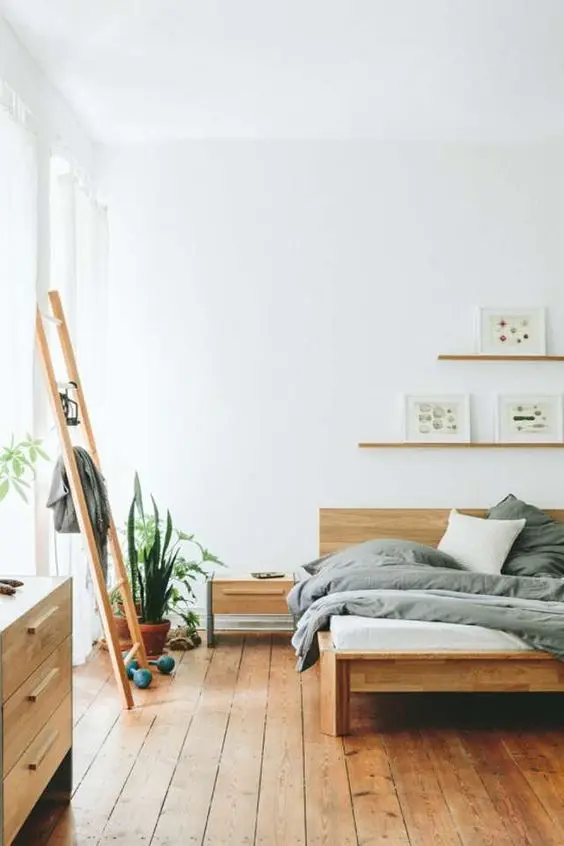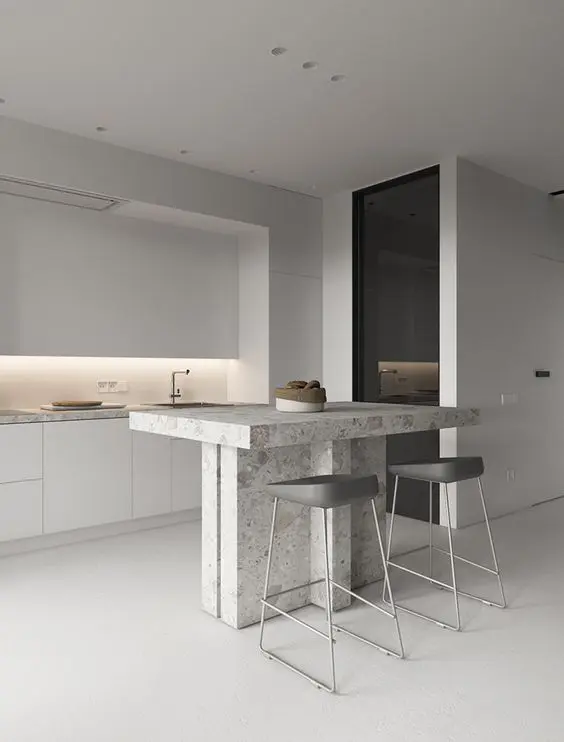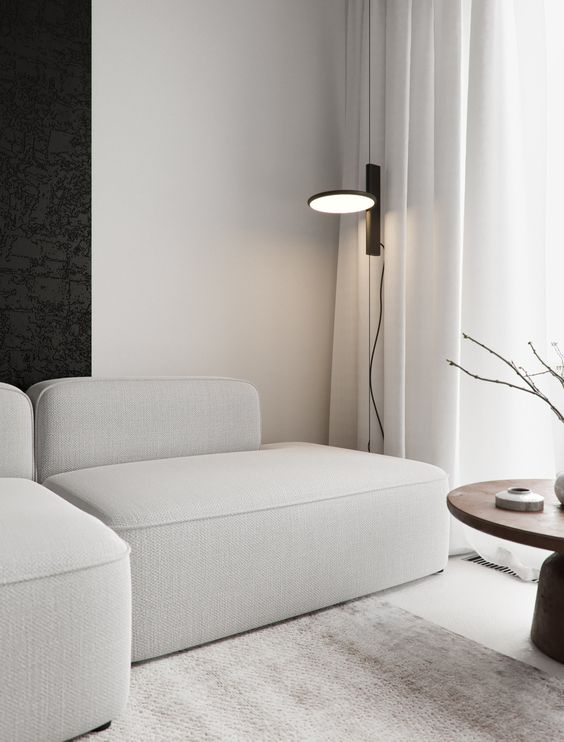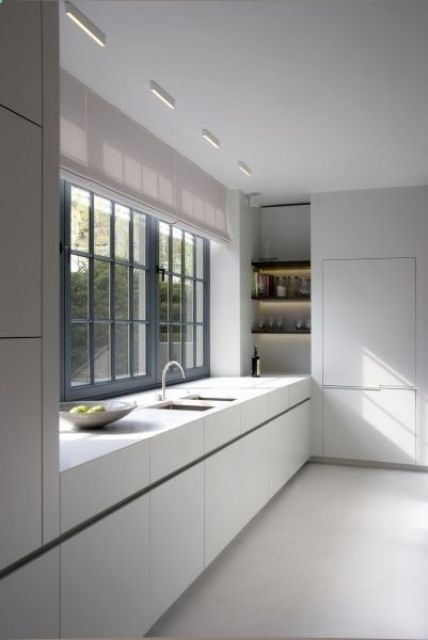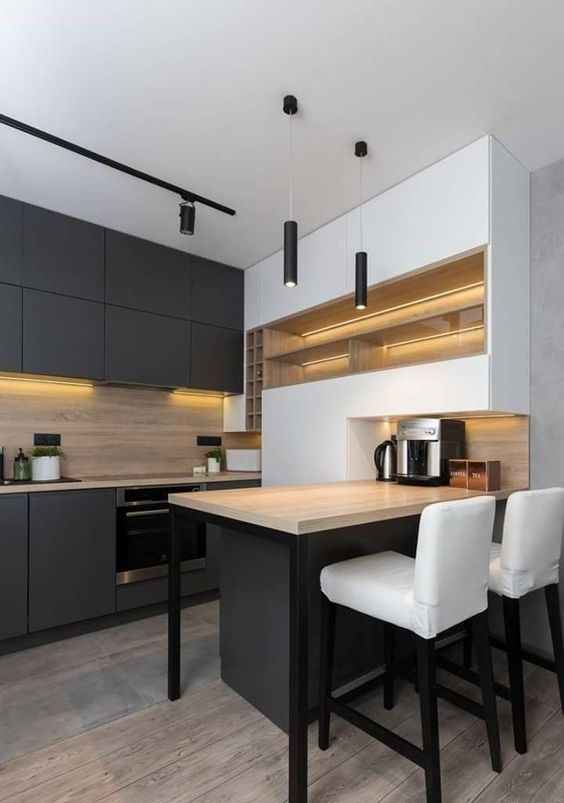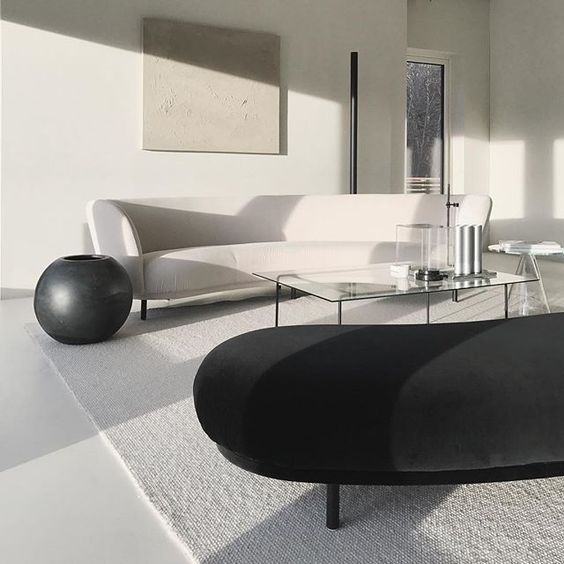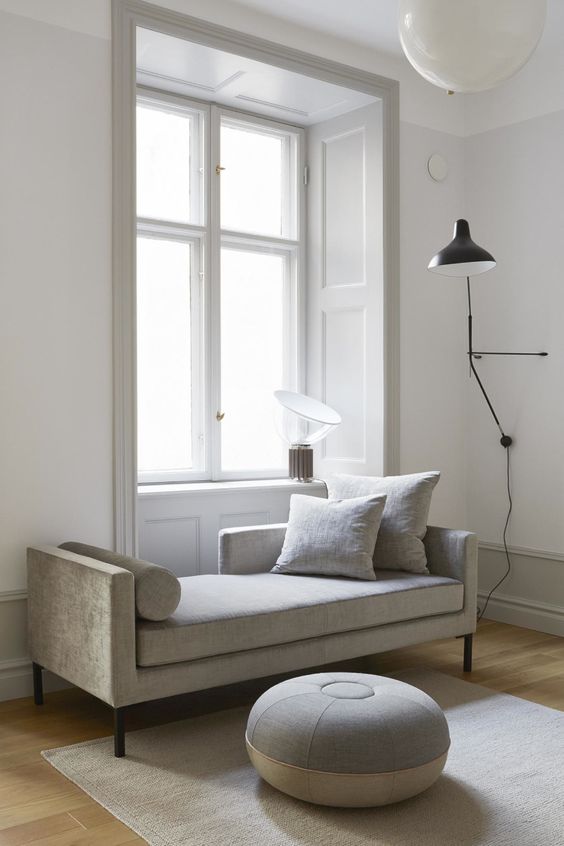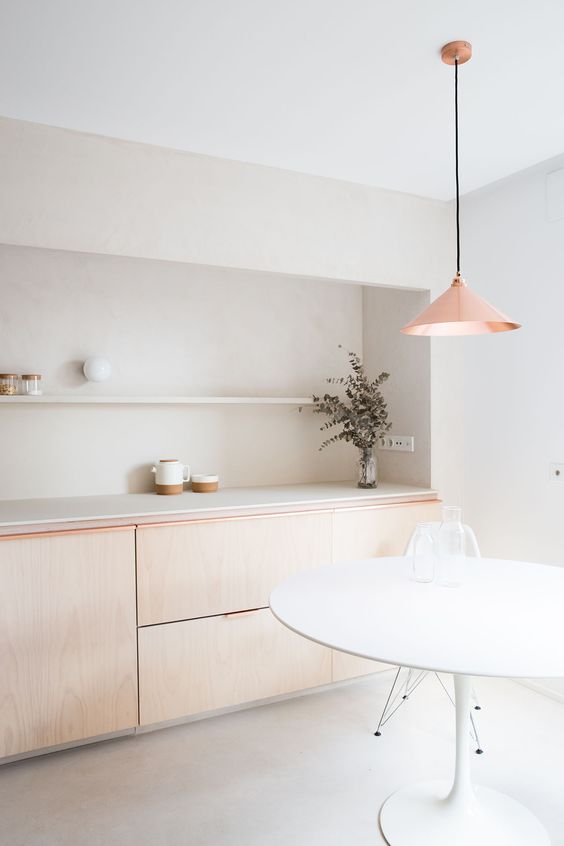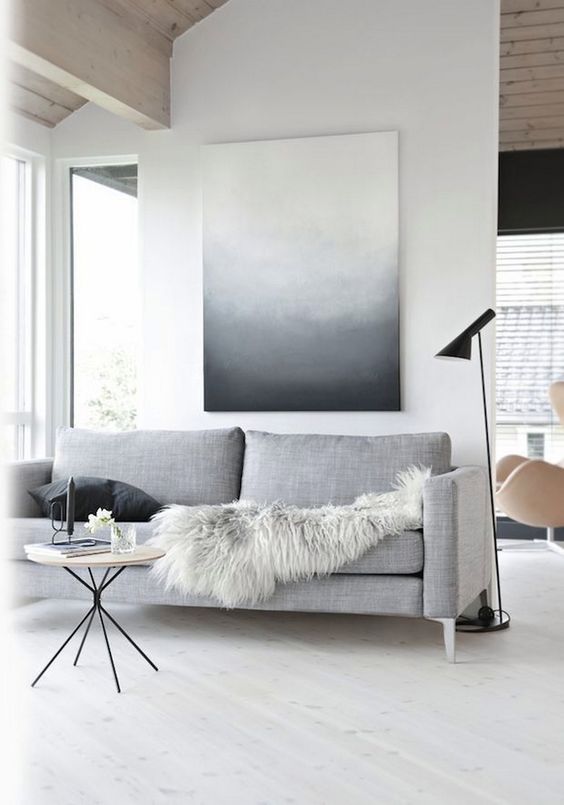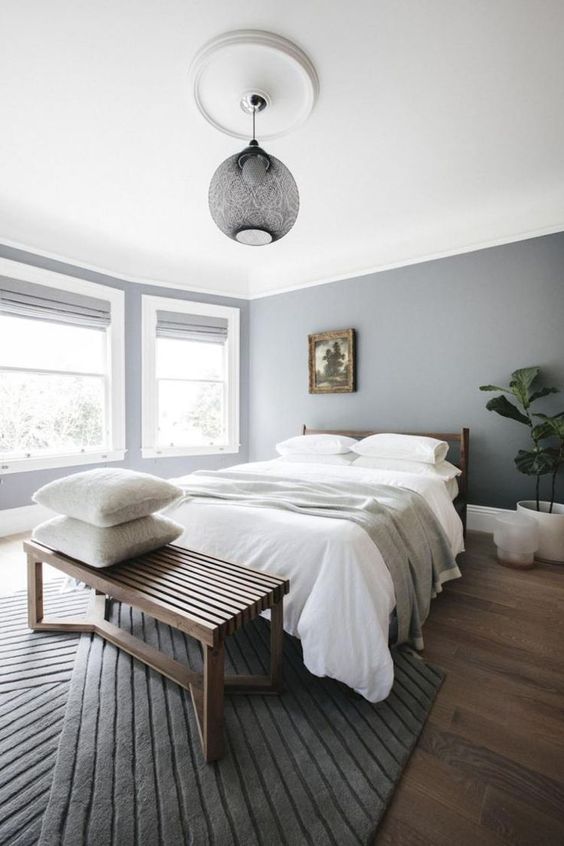Minimalism is the style that has recently conquered the world and keeps inspiring people more and more. In a nutshell, it’s design that’s stripped down to its essential purpose and identity by eliminating everything unnecessary, it’s quintessence is ‘less is more’. This pared-down aesthetic exemplifies simplicity at its best and inspires a simplified way to live – minimalism in clothes, things, in your head.
Minimalism is so popular because it not only looks great, it also has several benefits. First, an uncluttered, clean space is known to increase our happiness and health. Second, streamlined furniture gives you more space, even in the smallest rooms. Third, a calm palette or limited color choice makes a room feel serene and less chaotic. Finally, less of everything means more money in your pocket.
Colors
When most people think of minimalist home design, they probably picture a strict color pallet of black and white. This can be intimidating and can make a room feel uninviting. Think of minimalist color pallets as complimentary neutrals, not stark contrasts. Simplify your color scheme by eliminating extraneous colors and keeping it to two or three colors. Try layering the same color in different textured pieces; for example, put gray wool pillows on a gray sofa. Or, if you already have a neutral room, add a pop of color for an artistic focal point but don’t be excessive, remember that less is more.
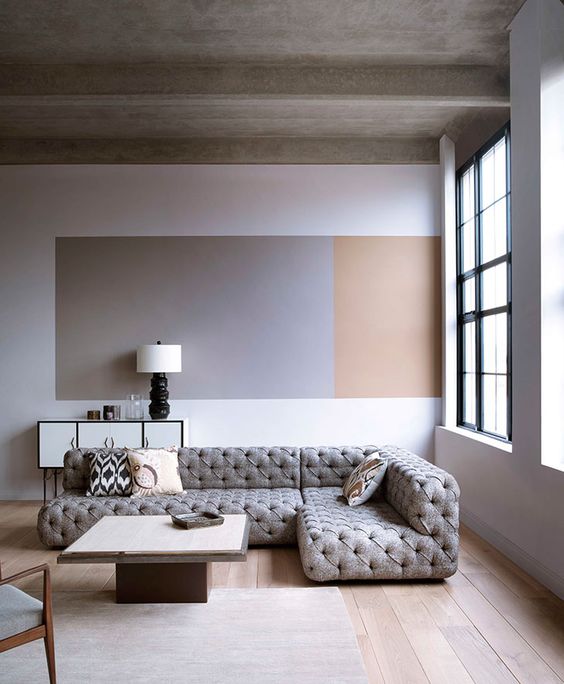
A neutral space done in greys and beige plus warm-colored wood on the floor and an accent on the wall.
Functionality And Decluttering
These two points may be considered parts of design, you should keep them in mind while creating a minimalist space. Declutter: living in a clean and clear space isn’t just minimalist, it’s healthy. If you have accessories or other objects lying around that are just gathering dust, consider donating them. Negative spaces are an indispensable part of every minimalist space, so you may breathe new life into the room adding some negative space – read about negative spaces and their advantages here.
The focus of a room is often created by the furniture and accessories in it but such things rarely speak of the function of this room. Just do it with a piece that adds to the function, such as a handsome light fixture above an empty dining table, or a brightly colored piece of furniture. Each time adding one, ask yourself: is it necessary here? If not, then forget it.
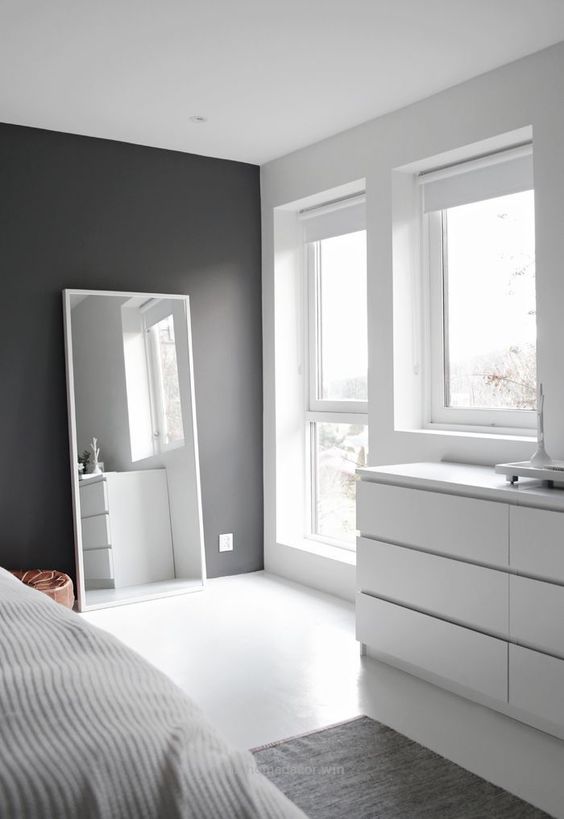
Negative space is a must for a minimalist room, plus it raises your mood and makes you feel at ease.
Furniture
The forms of each piece of furniture should be simple with clean lines. You can keep the theme of openness by choosing open frame furniture. This can usually be found in the form of clear tables and basic metal frames. Keep the accents small and simple but do use them to avoid cold and boring looks. Enjoy!
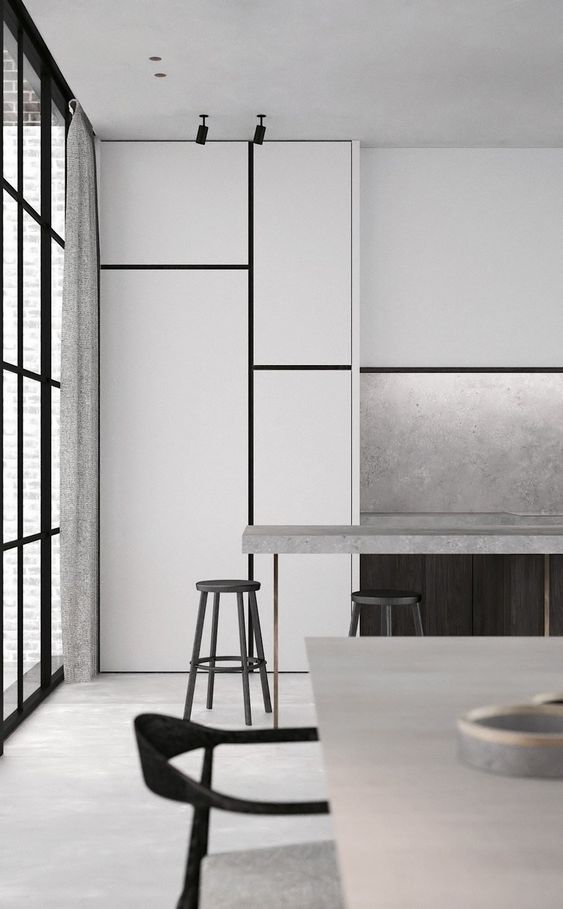
A minimalist kitchen with white cabinets and touches of concrete here and there to make it functional and catchy.
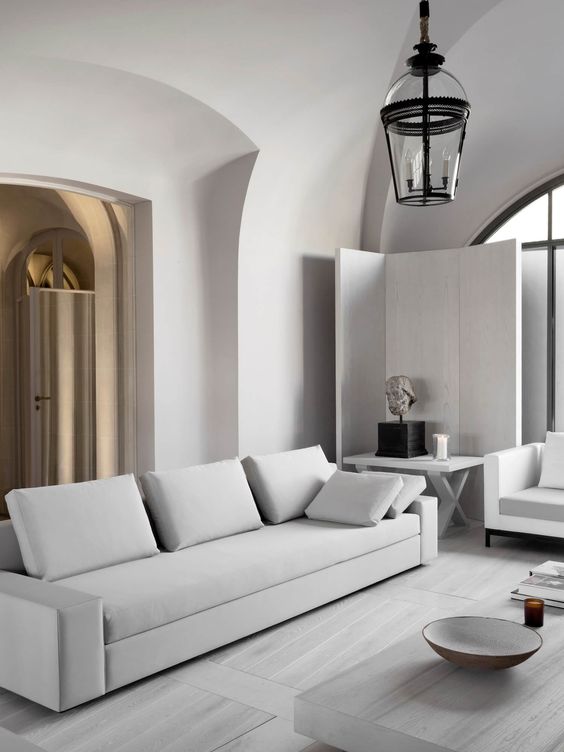
A neutral minimalist living room with clean-lined furniture and an accent lamp mixing modern and vintage.
